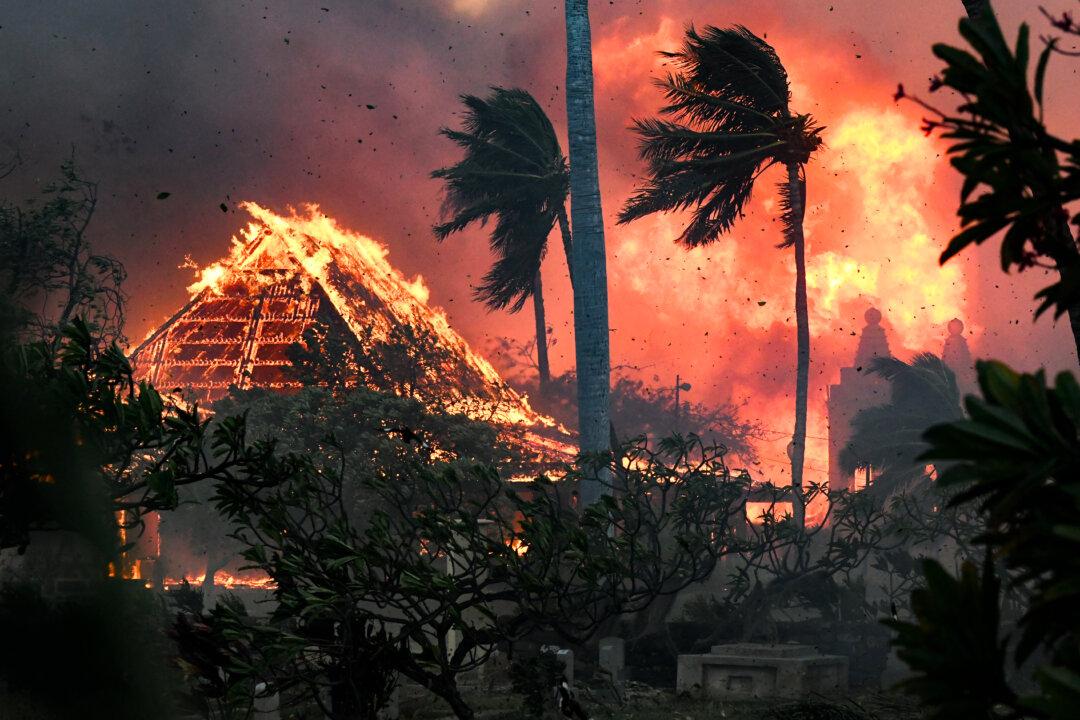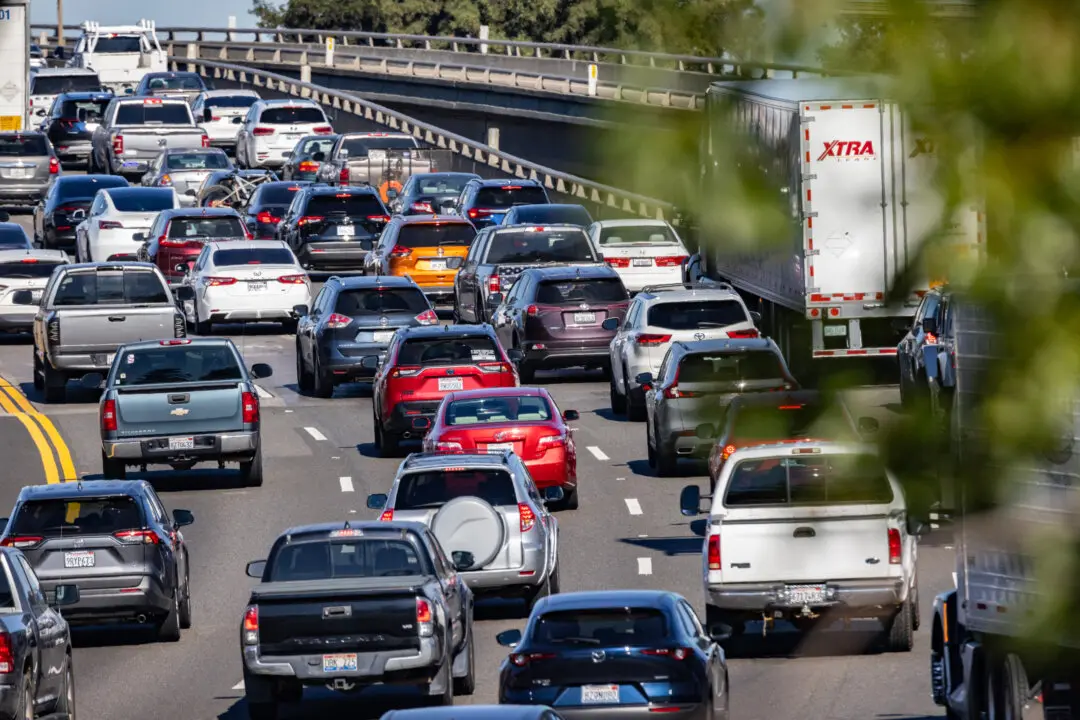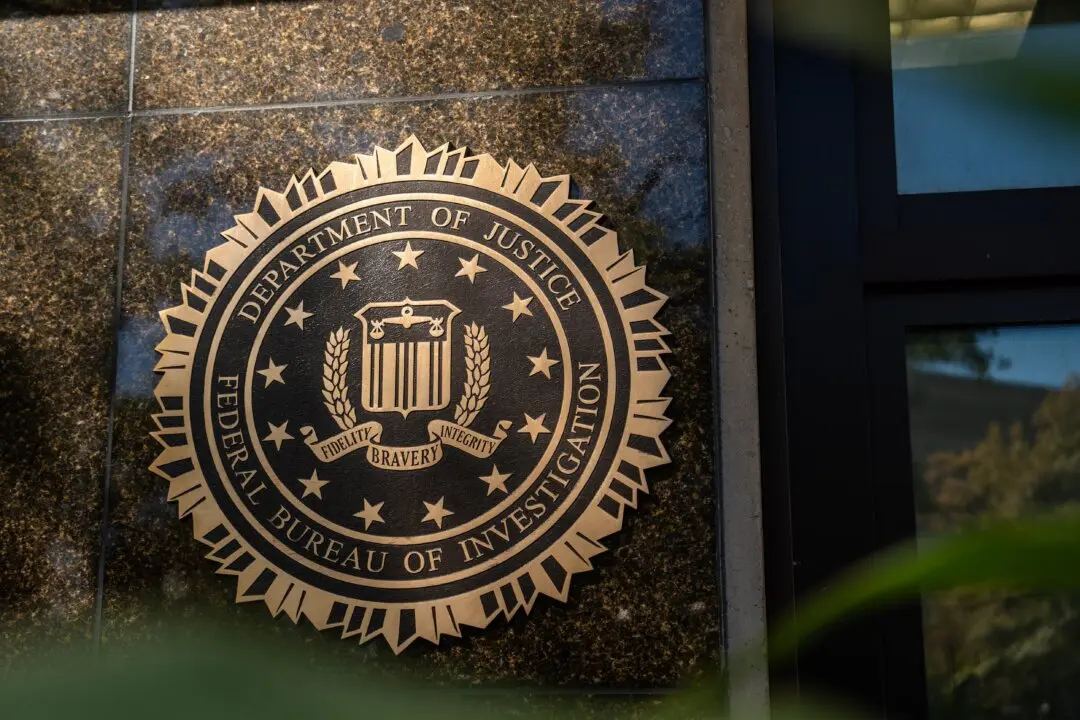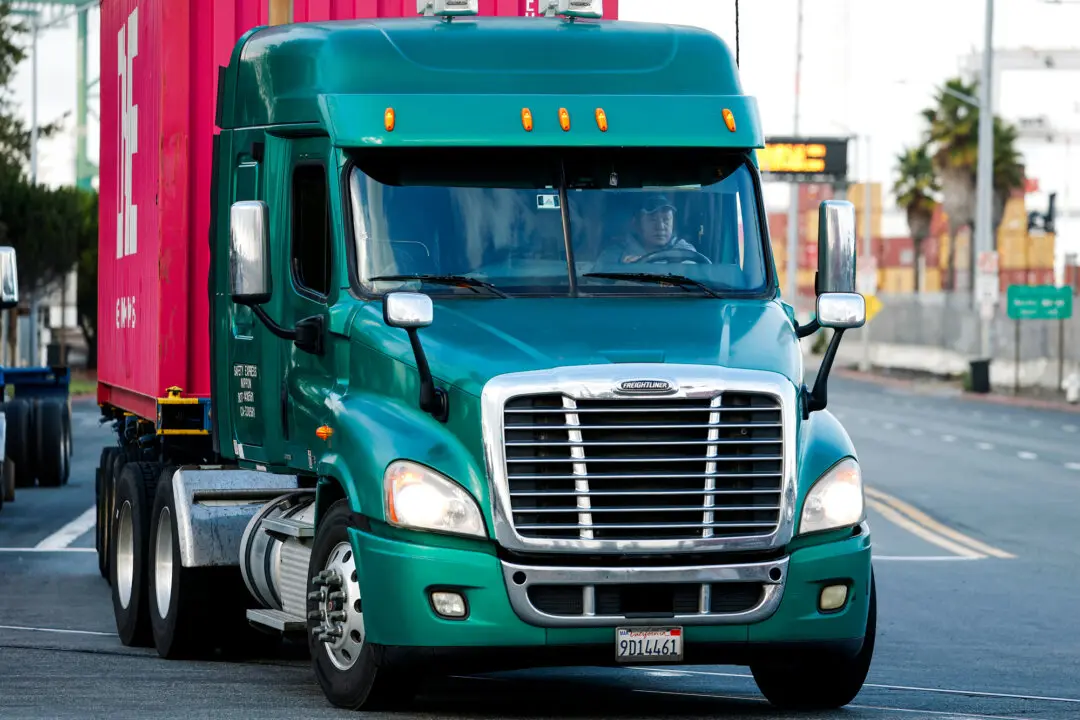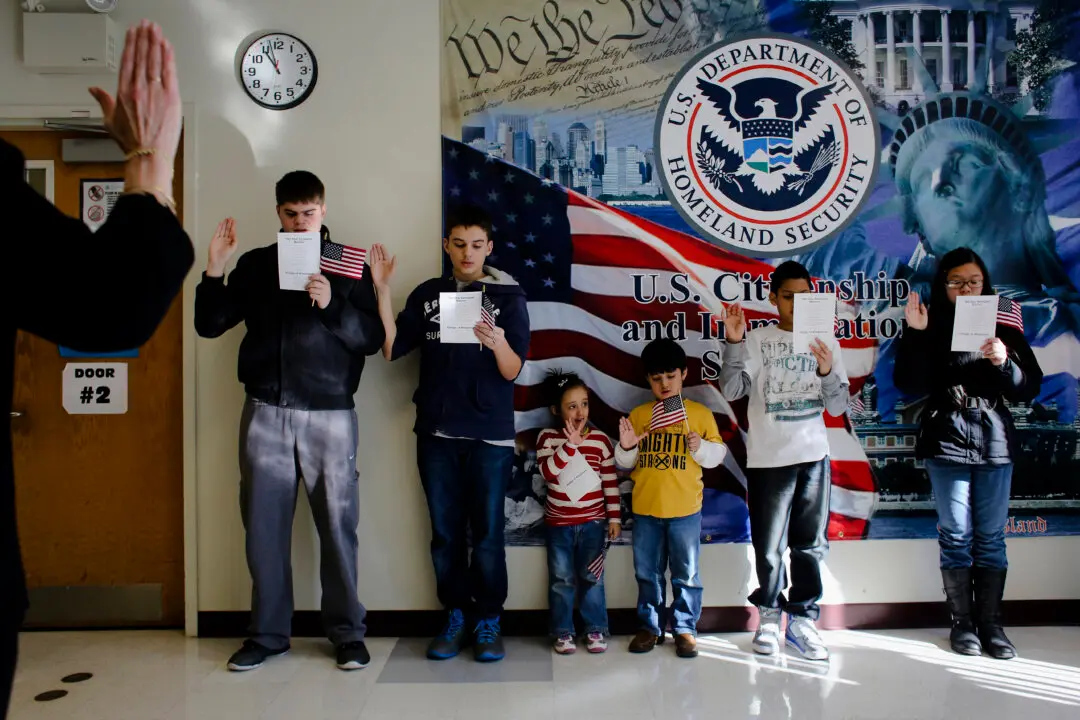A consortium of Hawaii businesses and state entities have agreed in principle to compensate and settle with parties affected by the wildfires that ravaged the island of Maui a year ago.
The seven defendants—the state of Hawaii, the county of Maui, Hawaiian Electric, Kamehameha Schools, West Maui Land Co., Hawaiian Telcom, and Spectrum/Charter Communications—will pay $4 billion as compensation to homeowners, businesses, and insurance companies that were affected by the Aug. 8, 2023, windstorms and wildfires, according to an Aug. 2 statement from Hawaii Gov. Josh Green.
